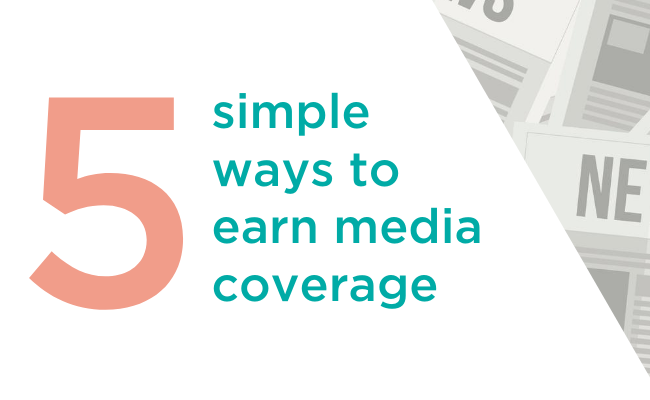Earned media coverage is one of the most powerful tools brands can use to build awareness, credibility and trust with their target audience. On top of this, the SEO benefits of gaining quality coverage with a link back to your website are huge.
In PR, earning media coverage is the bread and butter of what we do, and it is an essential part of any integrated communications and marketing strategy.
But the reality is, when it comes to earning coverage, it isn’t enough to simply throw a press release together, send it out to a couple of journalists and keep your fingers crossed that the story lands – if only it was that easy!
Having a couple of handy tips in your back pocket to ensure your news gets covered can make all the difference. Here are just five simple ways to earn media coverage…
-
Consider your story, asking yourself: who’d want to read this?
Although you might be confident that your story is absolutely newsworthy, you may need to put yourself in the shoes of the journalist who will be receiving it. What’s the real news line? What’s going to entice people to read this article? Would you read it yourself?
They say you have seven seconds to make a good impression when you meet someone new, and the same approach should be taken when pitching to journalists. Start with the most attractive, newsworthy element of your story to pique their interest.
I speak to journalists on a daily basis and in my experience, if the subject line doesn’t grab their attention, then you have little chance of them opening your email to find out more.
-
Tailor-made media lists
As an agency, researching key journalists and building bespoke media lists for every new story is an approach we pride ourselves on – and one we find highly effective.
Although it may seem time-consuming, making the effort to research which journalists will find your story relevant will save you a lot of headaches in the future and will help you in building positive relationships with key journalists too.
You wouldn’t want to put all your efforts into writing a great press release, only to receive emails from journalists telling you it isn’t their patch! A scattergun approach is very unlikely to get you results.
-
Maintain your relationships with key contacts
As PR professionals, building relationships with journalists is a vital part of what we do. Making connections and maintaining positive relationships with key journalists will have a massive impact on the coverage you’re able to gain in the future.
Checking in with journalists when you notice a relevant story and offering your organisations expertise can streamline the PR/journalist relationship and will help position your company and spokespeople as the go-to on their specialist subject. Don’t forget to follow and engage with them on social!
-
Consider the SEO strategy
PR, like the rest of the world, is moving at a rapid pace towards a more digital approach. Google rankings matter now more than ever before, and brands want to be on the first page of Google searches wherever possible.
Taking the time to research the relevant keywords and search terms and building them into your content will help with searchability, and as a result articles have a better chance of reaching the desired audience. Keep this consistent across all content you write; not just press releases, but social media and web copy too.
Digital PR also provides a fantastic opportunity to earn high quality links to your website. Backlinks from high authority sites, such as media outlets, are a signal to search engines that your site is a trusted source. Therefore, high quality backlinks will generally increase your websites authority and as a result, will improve its search engine ranking.
-
Be persistent
Statistics show that PR professionals outnumber journalists five to one nowadays, so just imagine how many press releases drop into the average journalist’s inbox. Understandably, your story might get missed, so it’s never a bad idea to follow up if you think your release has true news value.
It’s also worth noting that your story might not land right the first time, but don’t be disheartened – the worst thing you can do is pass it off as a bad lot. Back yourself, and your story, and gently remind journalists of your angle. Sometimes, the news angle you’ve presented might not work, but be accommodating and offer to adapt the story to suit what they’re looking for.
Whatever your industry, there are outlets and journalists out there looking to draw on your expertise, share your news and help tell your story. The hard part is knowing how to forge valuable relationships with them, and that’s where our bespoke PR advice can make all the difference.
If you’d like to chat to one of the team about how we could help tell your story, get in touch via team@nobraineragency.co.uk








